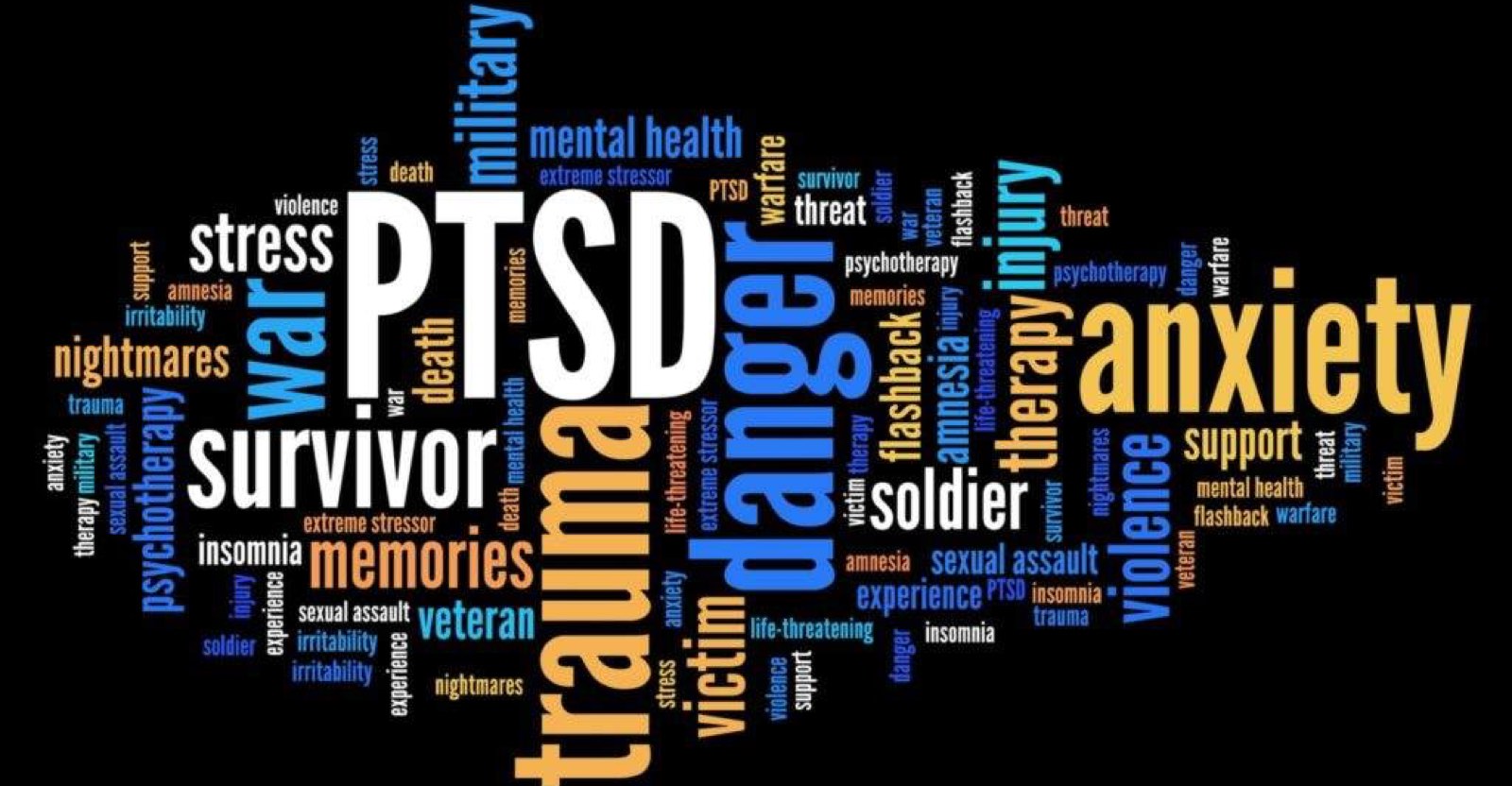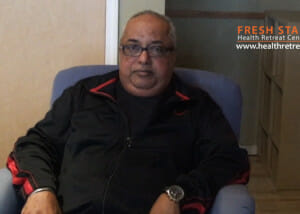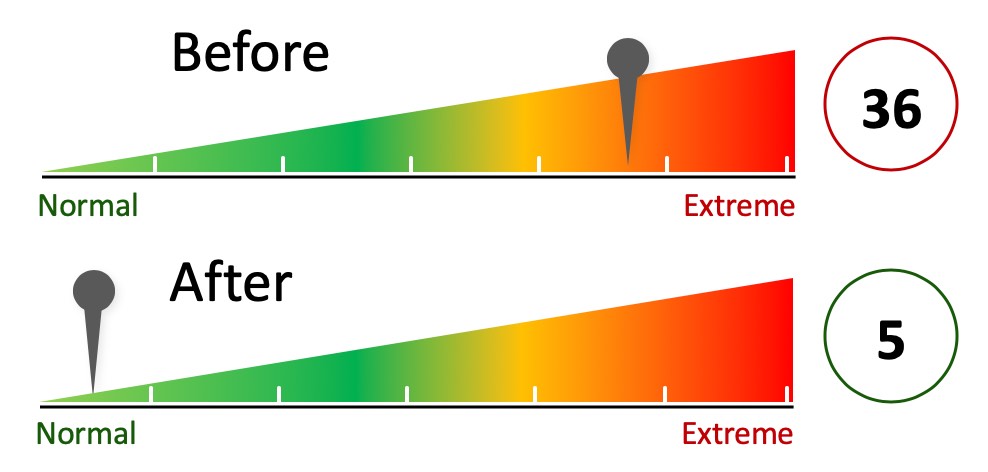
Trauma can often be a vague, confusing term used widely in modern society.
Most common definitions of trauma:
- “an event or series of events outside of the range of ‘usual’ human experience, which threatens the physical and emotional safety of oneself and/or others”
- “a deeply distressing or disturbing experience”
- “physical injury”
As you see, anything can fall into the category of trauma, starting from a fall ending with a broken bone, to being bullied, from domestic violence to a recent break-up. Besides, any unpleasant experience, taken too close to heart, may become a trauma. Perception of the same event may be different for two people, where one may be traumatized, and another one not, or to a lesser degree. It is not just what happens but how it is perceived.
There are many different types and aspects of trauma, but to narrow it down, we will limit ourselves to clinical diagnoses surrounding symptoms of emotional trauma.
First, a note on how medical professionals go about diagnosing trauma. In Canada, mental health disorders, including trauma, are diagnosed through the Diagnostics Systems Manual-5 (DSM-5). The DSM-5 is a manual used globally as the authoritative guide to mental health disorders. It includes everything from Schizophrenia to trauma to caffeine withdrawal. It’s pertinent to know because if it’s not in the DSM-5, it’s generally not recognized by western health care providers and insurance companies. Furthermore, if it can’t be treated with pharmaceuticals, it’s generally not in the DSM-5.
Trauma is used as an umbrella term for several different conditions:
PTSR, PTSD, Complex Trauma, and Developmental Trauma all fall under this category but differ significantly in origin, occurrence, the severity of impact and need in intervention.
The Trauma Continuum

- Post-Traumatic Stress Response (PTSR) is a relatively new term used to describe a common, adaptive response to a single traumatic event. Symptoms of PTSR will likely subside on their own with a year, and minimal intervention is required.
Examples of PTSR: fear of driving after a car accident, apprehension when returning to sports after an injury, hypervigilance following a close call.
- Post-Traumatic Stress Disorder (PTSD) may be triggered by a dramatic single event or several events, usually of an extraordinary nature, resulting in a severe shock. Symptoms and effects on the nervous system are more pronounced than PTSR and can last for years if not addressed with therapy. PTSD symptoms vary widely but may include repetitive and obsessive nightmares, lying lifeless on a floor for days, unable to take care of one’s basic needs or being unresponsive, aggressive behaviour and outbursts, and substance abuse.
Examples of PTSD: natural disaster survivors, the one who experienced a physical or sexual assault as an adult (once or several times), a crime witness.
- Complex PTSD is defined as multiple or chronic events occurring over a long period of time, often years. Complex PTSD can occur at any time in a person’s life, is recognized by the DSM-5, and comprehensive intervention involving traditional Western and alternative modalities is required.
Examples of Complex PTSD: veterans, first responders, peace officers and other witnesses of multiple or chronic traumatic events.
- Developmental Trauma (DT) is characterized by several key markers not found in other trauma diagnoses. Events associated with this type of trauma are chronic, with the early onset (inter-uterine, infancy, or childhood), and involve a caregiver or person in a position of authority or trust. DT is often undiagnosed or misdiagnosed. At this time, it is not recognized by the DSM-5. Since developmental trauma occurs in a relationship, effective healing must include rebuilding safety in relationships and community.
Examples of Developmental Trauma: victims who have been sexually, physically, emotionally, or psychologically abused in infancy or early childhood by a family member, teacher, caregiver, or any other person of trust or authority. While these may cross over with complex PTSD, they underline the aspect of being subjected to an early trauma prior to being mature enough to understand the event or make a conscious choice.
Addressing your Trauma

We have clarified four main terms used to describe trauma: PTSR, PTSD, Complex PTSD and Developmental Trauma. By now, you probably identified which one of these categories your situation falls in (or maybe it is somewhere in-between). Regardless, whether it may be exactly described by PTSD term or not quite, a wound needs to be healed whenever it hurts, whether big or small.
Not all wounds are visible. Regardless of the diagnosis, trauma may affect all aspects of your well-being. You may need help on all levels: emotional, mental, physical and lifestyle habits. This is exactly what we do at Fresh Start.
How Does Fresh Start Help You with PTSD and other types of trauma:
- Calm Down Nervous System
It is difficult to work with trauma in an acute state. Any recall of the event may cause the wound to bleed even more, and psychic pain getting from bad to unbearable. This is why many people subconsciously create avoidance patterns. Before you can dive deep into the trauma, you need to feel calm and deeply relaxed to start healing it.
Our primary goal upon your arrival is to relax your body, muscles and nervous system. To achieve this, we may use a variety of body treatments, including relaxation massage, aromatherapy, hot and cold therapy, and additional protocols, such as nervous system tonic, if needed. We also highly recommend limiting the use of digital devices and have digital-free zones.
- Natural Sleep Restoration
There is nothing more healing for the body and soul than deep sleep. The program structure is designed to support and enhance your sleep, starting from the elimination of stimulants such as coffee, black tea and alcohol, to balanced and nutritious meals with light early suppers, to evening steam bath and good night tea, and, if needed, additional herbal supplements.
- Increase Feeling of Safety and Belonging
When you are wounded, you may feel distrustful or disconnected from others, as well as from your own body and heart. Surrounded by loving professionals and other guests who are going through healing, their life may be very nurturing and uplifting. A close-knit group environment has amazing healing power, as you realize that you are not alone, and on a human level, we all need help at times. However, you will not be forced to share with the group nor interact with others all the time. You have a free choice here, though most people find themselves gradually opening up and connecting on a much deeper level than they anticipated.
- Trauma Release
Most of our emotional work is done one-on-one, as it is the safest place where you can fully open up. Most people coming with PTSD see the emotional wellness specialist twice a week. This allows for time to integrate what happened during the session and do a mini “homework” if needed. At times, you cannot talk about your trauma. There are many methods we can use, from somatic therapy and the Emotional Freedom Technique to hypnotherapy and biofeedback. Trauma can be released not just through talk therapy but also through the body.
- Rebalance Body Chemistry
We use gentle detoxification, cellular rehydration with purified water, lemon juice and herbal teas, as well as quality organic nutrition, to stabilize your body chemistry, to enhance the clarity of your mind and to decrease “highs” and “lows” related to high body toxicity and severe lack of nutrients in the body.
- Stabilize Body Energetics
Wherever trauma happened, there is an imbalance of energy in the body, as well as there is energy trapped in the tissues (pretty much just like when you experience a physical impact). Stuck energy may cause all sorts of symptoms, from mild constipation, migraines and severe anxiety, to major autoimmune disease symptoms and body inflammation. There are various body techniques that we may use to restore healthy energy flow, including craniosacral therapy, hair, head & scalp massage, acupuncture, energy work and others.
- Develop Stress Coping Techniques and Strategies
During your stay, you’ll be able to learn many stress-coping techniques and to take them home, including meditation, breathing, guided visualization and others.
- Integrate Healthy Lifestyle Habits
You will learn how to prepare healthy and delicious meals, plan a balanced menu, and take many new recipes home.
- Stabilization of moods and body organs
The program helps to re-stabilize the digestive system, hormones and various body organs. As a result, most people are able to come out of the depressed state faster. Nature therapy, hormonal system tonics, fitness classes, yoga and other therapies are used to achieve that goal. Additionally, we may need to work on adrenal burnout.
Please read/ listen to how Raj, a peace officer of many years, improved his PTSD:
Disclaimer:
Though we have professional staff with advanced health expertise and most of our guests receive deep health results, the Fresh Start cannot guarantee health recovery from any specific disease or symptom, as the healing process is individual, gradual and depends on many factors. Please be realistic in expectations as there is no such thing as quick fixes when it comes to healing.


